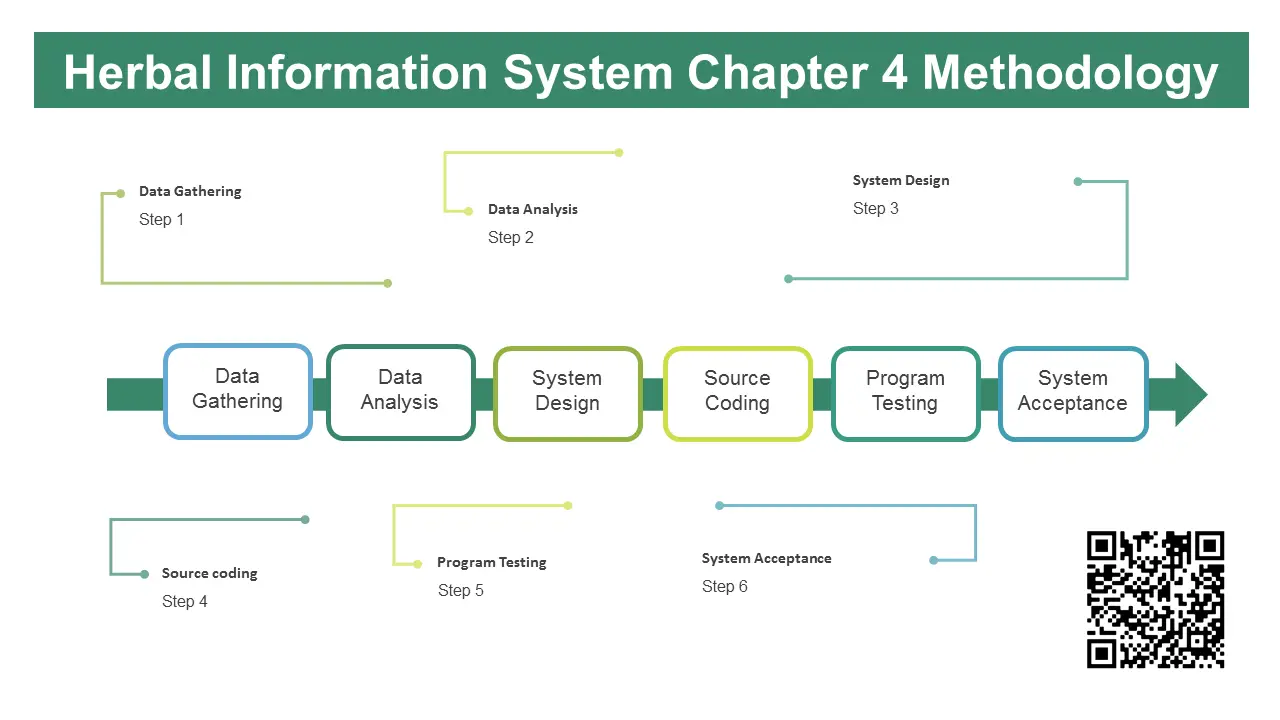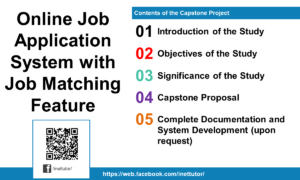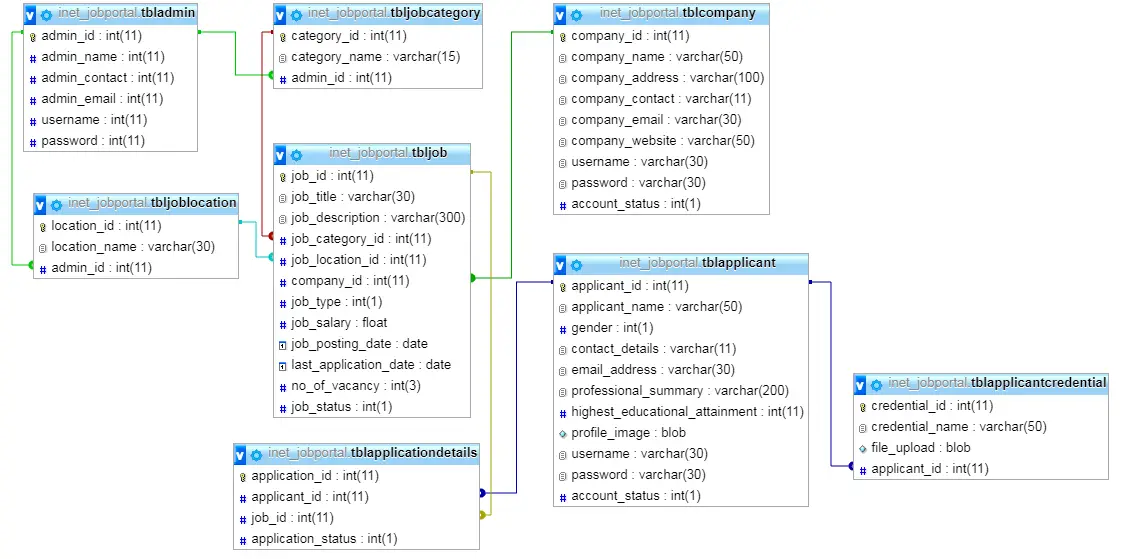Herbal Information System Chapter 4 Methodology
This article includes the technical background of the system entitled Herbal Information System and the Methodology of the project in a form of software development life cycle, specifically the waterfall model.
Technical background
With the fast growing of using herbal medicine, people now need a basic knowledge in medicinal herbs and its usage. Due to a limitation of time, it is hard for a everyone to familiar with medicinal herbs. In this project, we introduce Computer Based Information of Herbal Plants and Medicinal Usage to supplement learning tool on herbal medicine. This is used as a platform for building a Web community for collecting the intercultural herbal knowledge with the concept of a collective intelligence. Due to the diversities of herbs, geographic distribution and their applications, social network collaboration is important for enhanced learning. It will provide a supplement learning to improve knowledge and skill in herbal medicine with a scientific method.
Herbal information is a special type of information dealing with medicinal herbs. It also covers nomenclature of medicinal plants in scientific methods. Common names both in English and local names of herbs and plants. Some topics such as names identification and medicinal usages which may be different among cultures are still problems. A set of images of herbs is a source of sharing knowledge about herb identity.
This system gives an efficient way of managing data for easy retrieval and quick accessibility of information. It also provides an effective means for the compilation of relevant uses, it provides guidance and supports decision to prevent errors and in effectiveness of services.
The implementation of this system is very necessary for this would help the organization, individual, institution and group to create new intervention and health programs that provides accurate and effective source of information.
Furthermore, the system will provide the management a real time records that will be useful and can give a great help.
Methodology
This research methodology outlines the design and development process utilized to complete the project and requires gathering relevant data to the end users such as the researchers and biology students.
This study used waterfall model for the completion of the project. One of the process models in SDLC (System Development Life Cycle) that we have selected for the development of our system is the Waterfall Model. It has a series of steps which involves the number of phases and procedures that gives the complete software.

Data gathering
In this phase, the researcher of this study gathered all possible requirements for the system development, the requirements gathered from the end users who are the benefactor of the system. The researcher conducted a survey questionnaire validated by the experts. The questionnaires were used for gathering data to improve the performance of the proposed system for the future use of Research Development Office.
Data analysis
The requirements are gathered from the end-user by consultation, wherein suggestions are given. We had also conducted a survey questionnaire which was validated by the three experts (IT Expert, English Grammarian, and Researcher). And these questionnaires were used for data gathering tool that measures the performance of the manual system which serves as our basis for the development of our proposed system.
System Design
The prototype and the proposed features of the system are created in this phase. Also the concrete understanding of how the system will operate is developed. In here, we identify all the necessary system inputs and outputs, design of data, processes and interfaces.
Source coding
In this stage, we materialized the whole idea of the software to be designed. We created the program for the proposed system. The actual coding of the software is based on the system design and the requirements needs to be met. This is where the proper execution of the previous stages ensures a smooth implementation.
Program Testing
In this phase, the researcher performed series of testing to check for any possible problems may arise during implementation and operation of the software and if the specification has been met.
System Acceptance
This is the final stage, where the system is being installed and to be maintained after actual implementation. One must take into consideration are the hardware and the software requirements for the proper installation of the system. As part of the acceptance of this phase, the client is required to have a user training to enable them to familiarize fully the whole system.
Credits to the authors of the project.
You may visit our facebook page for more information, inquiries and comments.
Hire our team to do the project.


